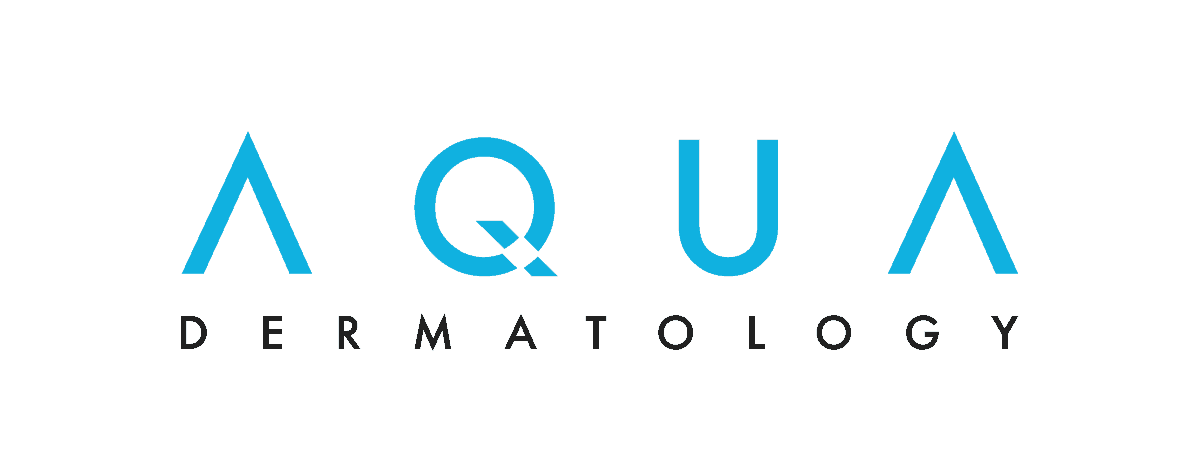Hyperpigmentation
Call (877) 900-3223
Hyperpigmentation: Types & Treatments
What is hyperpigmentation?
Types of hyperpigmentation
Hyperpigmentation in dark skin
Hyperpigmentation treatments
Regardless of how well you take care of your skin, chances are you have some areas of discoloration, particularly on areas of your body that get the most sun. Read on to learn about hyperpigmentation and how your dermatologist can address it.
What is hyperpigmentation?
Hyperpigmentation describes spots or patches of skin that are darker than your natural skin tone. People of any skin color can develop hyperpigmentation; however, it is especially common in people with darker skin.
Factors that contribute to hyperpigmentation include:
- Sun exposure
- Genetics
- Hormonal changes
- Acne
- Injuries to the skin (cuts, burns)
- Skin conditions such as eczema and psoriasis
- Certain diseases including lupus and Addison’s disease
- Medications such as certain antibiotics, chemotherapy drugs and blood pressure medications
- Exposure to heavy metals such as silver and gold
In hyperpigmentation, pigment producing cells called melanocytes produce too much pigment, called melanin. The excess melanin is deposited in the skin, creating dark spots and patches that may be tan, brown, gray-brown, gray, silver, violet, blue or blue-black depending on the color of your skin, how deep the melanin settles in the skin and the type of hyperpigmentation you have.
Hyperpigmentation is mainly a cosmetic issue, though in some cases it may be a sign of an underlying medical condition.
Types of hyperpigmentation
There are many forms of hyperpigmentation. These are among the most common:
Melasma
People with melasma develop brown or grayish-brown patches on their face, usually on the parts that get the most sun — the forehead, cheeks, bridge of the nose, chin and above the upper lip. Occasionally, melasma affects other areas of skin that get a lot of sun, such as the forearms and neck.
Melasma is far more common in women than in men; only 10% of people with melasma are male. The causes are unknown, but sun exposure and hormone fluctuations are thought to be the major contributors. Melasma is often seen in pregnant women, which is why the condition is sometimes referred to as “the mask of pregnancy.” It can also be triggered by hormonal forms of birth control and hormone replacement therapy.
Melasma caused by hormone fluctuations may go away on its own. Other cases of melasma typically don’t.
Age spots
Age spots, also called solar lentigines or liver spots, result from years of sun exposure. They’re common in people over the age of 50, though younger people who have spent a lot of time in the sun or used tanning beds can also develop them. Age spots typically appear in areas of the body that received a lot of sun exposure, such as the face, arms, shoulders and hands.
Unlike most other forms of hyperpigmentation, age spots are more common in people with light skin. The spots range in color from tan to dark brown. Some are as small as a freckle, while others can be as large as half an inch across. Age spots sometimes develop close together, forming prominent clusters.
Post-inflammatory hyperpigmentation (PIH)
As the name suggests, post-inflammatory hyperpigmentation (PIH) occurs after, and sometimes during, an inflammatory skin condition, such as inflammatory acne, eczema and psoriasis. Inflammation appears to cause melanocytes to produce excess melanin, though exactly how it does so is not known.
PIH may fade over time, but the condition often persists for years.
Hyperpigmentation in dark skin
People with darker skin are more susceptible to hyperpigmentation due to differences in their melanocytes. In dark skin, these cells are more active — they contain more melanosomes, tiny structures that make pigment. Those structures may produce too much melanin in response to factors such as UV damage and trauma to the skin. The melanin is also more likely to be transported to the surface of the skin.
Unfortunately, some of the treatments for hyperpigmentation can potentially worsen the condition in dark skin. For this reason, it’s best to see a skin care provider with experience treating hyperpigmentation in dark skin if you want to fade your dark spots.
Hyperpigmentation treatments
Once your skin care provider has evaluated your skin and determined the type of hyperpigmentation you have, he or she may recommend one or more of the following treatments.
Prescription creams. Hydroquinone, a bleaching cream, is a commonly recommended first-line treatment for hyperpigmentation. It works slowly over time to lighten the spots. It is sometimes prescribed in combination with retinoids and a mild steroid to boost the skin lightening effects.
Cryotherapy. In this procedure, a spot is frozen by applying liquid nitrogen to the area for a few seconds. This eventually kills the pigmented cells. The spot will look lighter as the skin heals.
Chemical peels. The acids used in chemical peel solutions help even your skin tone by exfoliating the top layers of skin. (Stronger peels can penetrate deeper layers.) More than one mild-to-moderate peel is typically required to treat hyperpigmentation.
Laser treatment. Certain types of laser therapy, such as IPL photorejuvenation and fractional laser skin resurfacing, can improve the appearance dark spots. As with chemical peels, you may need more than one treatment to get the results you want.
Microdermabrasion. In this procedure, a skin care provider uses a handheld device to exfoliate or “sand” the top layer of skin. With repeated treatments, it can lighten age spots. Microdermabrasion is sometimes used in conjunction with a chemical peel.
Acne treatments prevent new breakouts from occurring, but you must let existing blemishes heal. This is why acne treatments can take a few weeks to make noticeable improvements.





